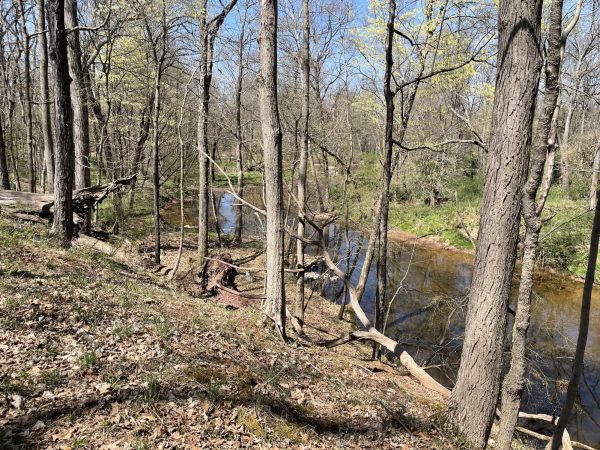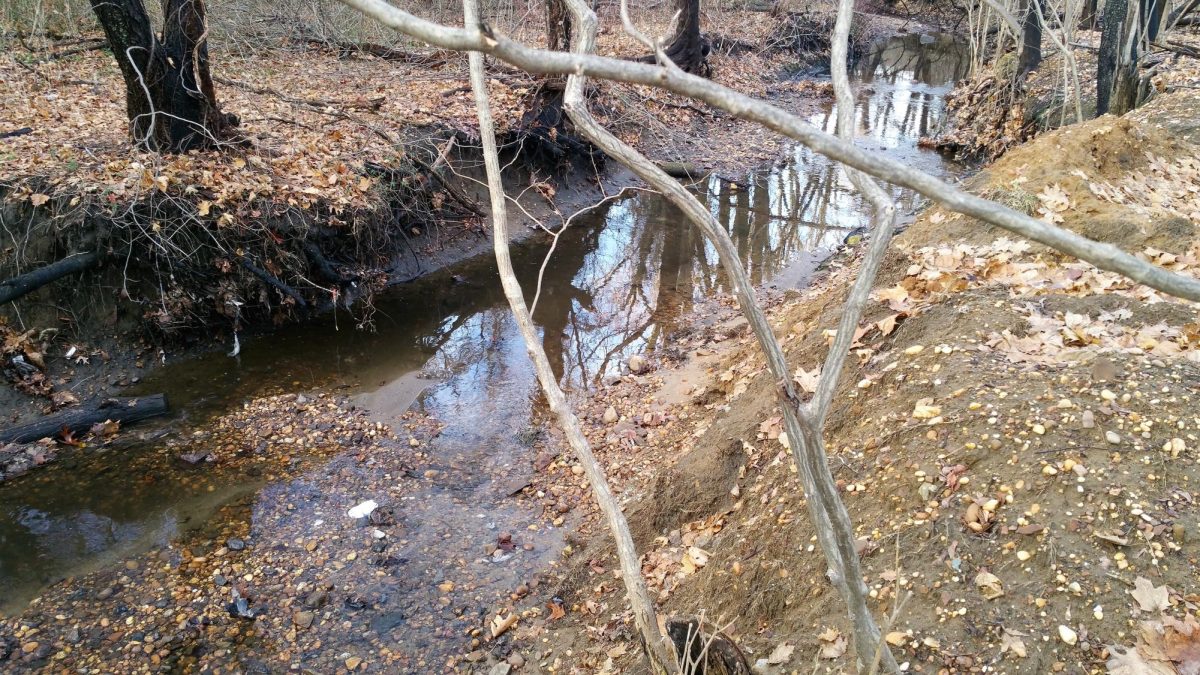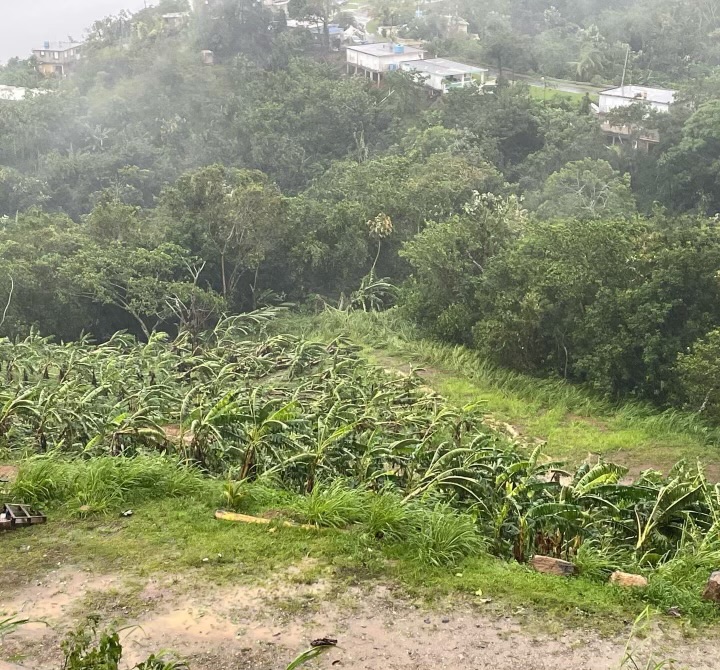Sackett v. The Environmental Protection Agency was decided by the Supreme Court on May 25, 2023, ruling for the Idaho couple, in a 9-0 decision.
In 2004, the Sacketts bought a wetland that indirectly fed into an Idaho lake. In 2007, they decided to build on this piece of land. However, the EPA had issued an order to them, which stated that building on the land did not comply with the Clean Water Act (CWA) and they had to obtain a permit for the building. The EPA’s perspective was that it was part of the Waters of the United States (WOTUS) and therefore protected under the CWA. The Supreme Court differed with the EPA, stating that its definition of WOTUS was too broad.
In turn, the ruling has sparked much discussion due to the key role wetlands play in the environment. Those who disagree with the decision say the ruling could lead to construction projects on wetlands that will not need review by the EPA or the US Army Corp of Engineers (USACE), due to the continuous surface test detailed in the ruling.
“The people who are doing land development can now point to this decision and say: ‘If there’s no surface connection between the wetland and the navigable waterway, then you can’t regulate me,’ ” said Robert S. Baranowski, an environmental lawyer with Hyland, Levin, and Shapiro in Marlton, N.J.
The importance of this ruling lies in just how critical wetlands are for our environment. Amy Jones, an environmental scientist with DuBois Environmental Consultants in Manahawkin, N.J., summarized their importance into three categories: “Water quality, flood control, wildlife habitat are the three parameters that are wetlands’ main functions.”
Wetlands filter out harmful contaminants in our water, which improves the water quality. Equally important, wetlands soak up and store large amounts of water, helping to aid the process of flood control, while also being a key habitat for certain wildlife. Biodiversity increases due to the wildlife that occupy the wetland.
Sackett v. EPA puts forward a new legal test to review whether a wetland should be federally protected, called the Continuous Surface Connection test. In addition to the 9-0 Sackett ruling, the justices decided 5-4 that the test would be implemented. Before the Supreme Court made this decision, the Rapanos v. EPA decision (from 2006) had decided how the EPA could regulate wetlands. This older decision required the wetland to have a “significant nexus” with a navigable interstate waterway. The USACE could regulate these wetlands extensively.
“You could have a water or a wetland that was 10 miles away that was somehow connected through an old drainage ditch and a stormwater pipe and then goes under a berm [a barrier made of soil intended to impound or divert water] that would then go to a navigable water. They were considered adjacent to or neighboring and then that would be a federally regulated wetland,” Jones said.
The Rapanos decision allowed for a complex analysis on a case-by-case basis. Each case was up to the reviewer but the new test gives way to a simpler review.
“Now this new continuous surface connection test, I interpret it, is that they are going to require an actual geographical feature to connect that wetland to navigable water,” Jones said.
The new continuous surface connection test simplifies its predecessor in that a visible hydrologic connection from the wetland to the interstate navigable waterway must be present. They have to be permanently connected as well.
“[The] Sackett Decision reinforces a simplistic approach.” Baranowski said.
Although the Supreme Court decision impacts wetland protection on a federal level, the decision does not limit individual states’ abilities to regulate the wetlands that are excluded by the continuous surface connection test.
“In the Sackett case, the Supreme Court is saying that: ‘We’re going to say that is not something that the federal government and the US Army Corp of Engineers and EPA should regulate. That’s for the states to regulate,’ ” Baranowski said. “This presents the states with the option to implement their own regulation.”

How New Jersey will be affected
New Jersey is one of two states (the other being Michigan) to have an assumed program. “Assumed program” refers to a program or legislation implemented on the state level to regulate wetlands. New Jersey’s assumed program, the New Jersey Freshwater Wetlands Protection Act, serves as an example of regulations other states can model to enact protections for wetlands that have been “abandoned” by the implementation of the continuous surface connection test.
New Jersey wetlands, while not immune to the ruling, will be less affected by the ruling than other states’ wetlands because the Freshwater Wetlands Protection Act establishes that New Jersey will regulate its wetlands in a way that displaces the requirement for the federal government to act, according to Baranowski.
Therefore, New Jersey will continue to regulate isolated wetlands, regardless of the Sackett decision. Many states do not have as strict a regulation on wetlands, but they could choose to implement more regulation in these areas.
However, New Jersey and Michigan aren’t completely exempt from this ruling. Both the USACE and New Jersey have concurrent or exclusive jurisdiction in certain areas of New Jersey. In places where there is concurrent jurisdiction, a person needs to receive a state and USACE permit. There are also the matters of the wetlands near tidal waterways, which could potentially fall under the jurisdiction of the USACE.
“[That would be] any tidal waters in New Jersey along the coastline,” Jones said. “If you have a wetland within 1,000 feet of a tidal waterway, then the US Army Corp of Engineers, which is the federal agency, would then have jurisdiction over those wetlands.”
The Implementation of the ruling
While the ruling on the Sackett case has been made, the implementation of the ruling is still uncertain.
Jones explained that the task of administering USACE wetland permits is carried out by reviewers who are assigned to cases on a regional level. Ensuring uniform application of the ruling requires clear and consistent guidance to each of the reviewers. There were supposedly individuals who could possibly provide reviewers with standard guidelines and how to interpret the decision, but nothing is concrete at the moment. Until clear guidance is provided to reviewers on the implementation of the ruling, current and anticipated regulated activities may be delayed.
In addition to the surface connection test, wetlands also have to meet certain criteria on hydrology, hydric soil, and hydrophytic vegetation in order to be regulated according to a federal manual. Hydrology is the characterization of surface water movement and involves calculating the amount and volume of water flow. Hydric soil is soil that exhibits properties of wetland soil. Hydrophytic vegetation is vegetation that is commonly found in hydric soil.
“It’s a federal manual and the federal government uses it, too. Once it meets the surface connection test, it’s still going to have to be established that these areas that are being regulated meet the three-part wetlands test,” said Baranowski.
Since the new test isn’t the only parameter the wetland will have to meet, it will make it harder for wetlands to qualify for regulatory protection. The states could abide by the decision or put their own regulations into effect. But putting in their own regulation also has its flaws. In particular, it requires funds to run permit programs and hire inspectors, which puts a strain on finite resources, especially for larger states.
Though the Sackett decision and the continuous surface connection test deal a blow to wetland protection on a national level, environmentalists and those seeking to protect wetlands can still advocate for state legislation.
“I think there’s a lot of other states that are going to be concerned that the federal government no longer is going to regulate some of those areas,” Baranowski said. “But, they’re allowed to regulate them if they choose to.”
–July 29, 2023–





